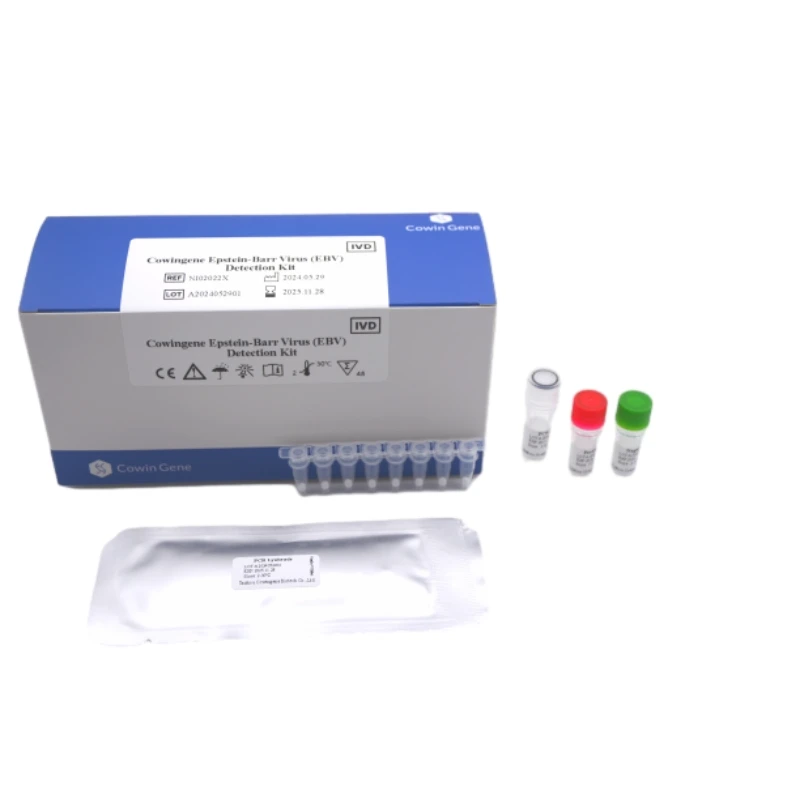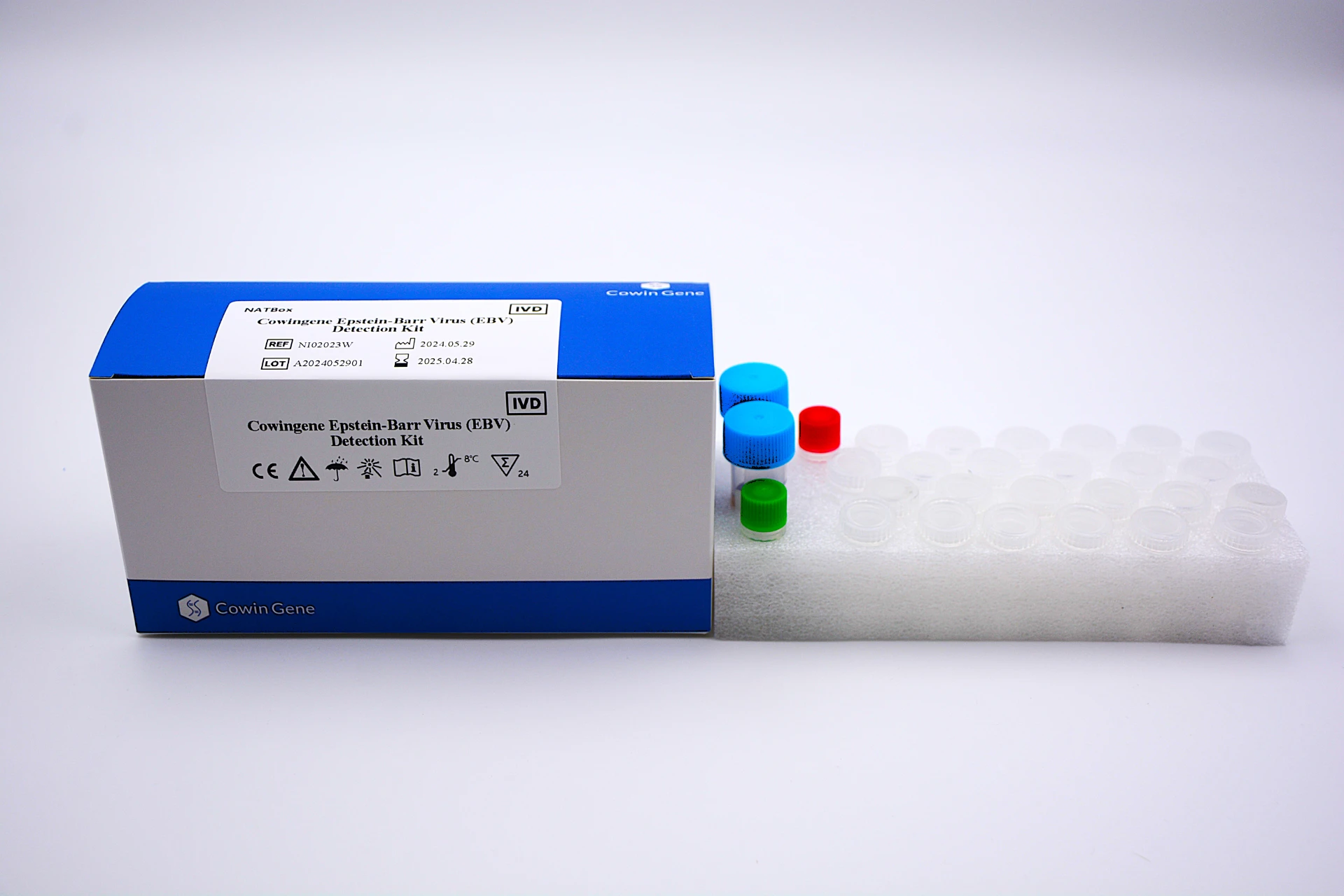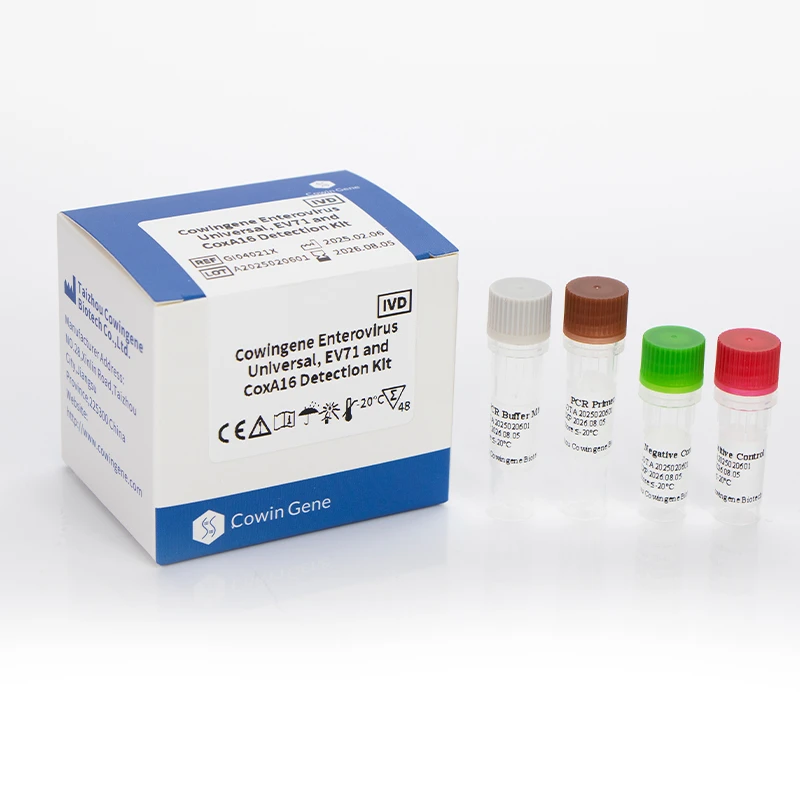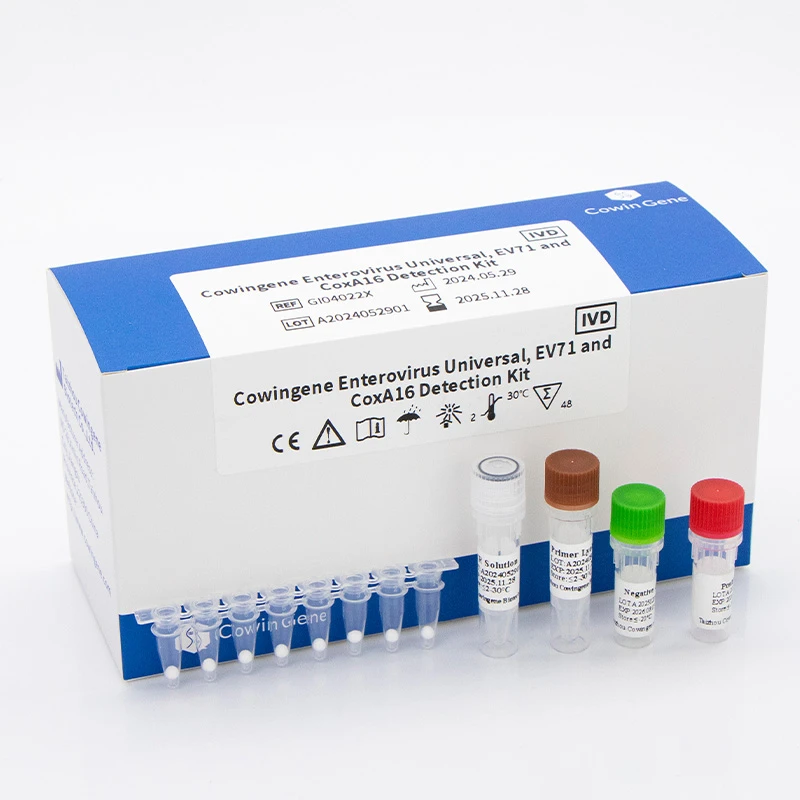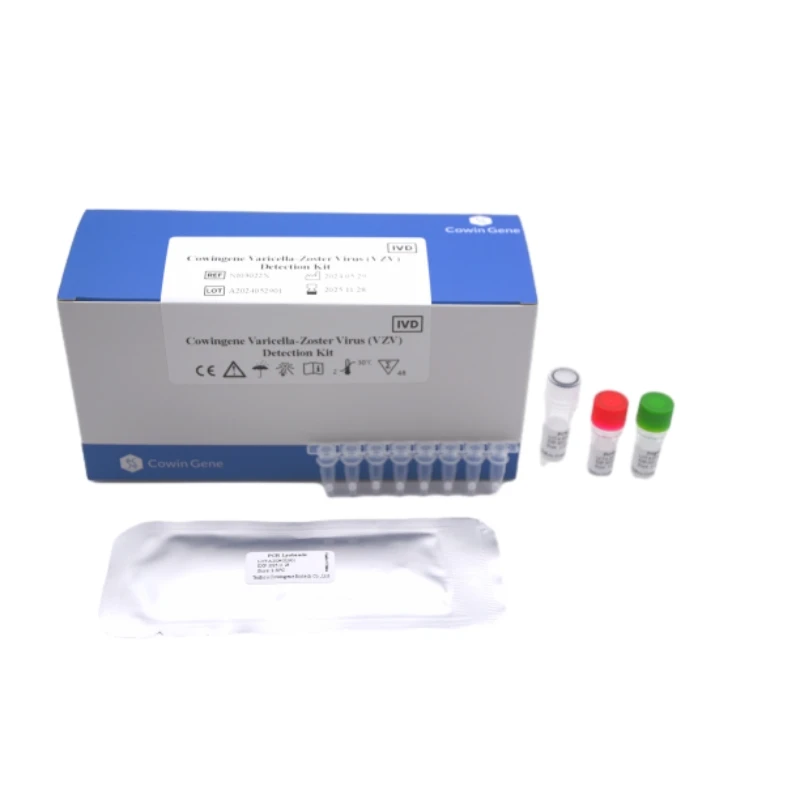Nov . 23, 2025 13:00 Back to list
Essential Guide to Monkeypox Detection: Technologies, Applications & Future Trends
Monkeypox Detection: Why It Matters in a Rapidly Changing World
Monkeypox detection may seem like just another buzzword tossed around in medical circles, but its significance spans public health, humanitarian aid, and global security. With infectious disease outbreaks becoming increasingly unpredictable, the ability to accurately detect monkeypox early can prevent widespread epidemics and save thousands of lives. It’s not just a technical exercise—it’s a crucial tool in the fight to maintain stable societies worldwide.
Understanding monkeypox detection isn’t only about labs and viruses; it’s a bridge linking scientific innovation with practical, real-world needs. Whether it’s frontline healthcare workers diagnosing cases or international organizations coordinating rapid responses, dependable monkeypox detection capabilities are essential.
The Global Context: Why We Can’t Ignore Monkeypox Detection
Since 2022, monkeypox has triggered a global health alert. According to the World Health Organization (WHO), over 85,000 confirmed cases have been documented across more than 100 countries, marking a dramatic spread beyond traditional endemic regions in Central and West Africa ([WHO Monkeypox Dashboard](https://www.who.int/emergencies/diseases/monkeypox)). The United Nations estimates that viral outbreaks like monkeypox can impact not only health but economies, education, and social trust worldwide.
Here’s the challenge: many countries lack rapid, reliable diagnostic tools, making early detection difficult. This delay increases transmission risk and complicates containment efforts. With increasing globalization and air travel, the stakes are even higher.
Mini takeaway:
- Monkeypox has evolved into a global health concern, demanding faster detection methods.
- Health infrastructure gaps highlight the urgent need for improved monkeypox detection technologies.
What Exactly is Monkeypox Detection?
Simply put, monkeypox detection refers to the suite of tests and methods used to identify the monkeypox virus in a person or population. These can range from molecular diagnostics like PCR (polymerase chain reaction) to antigen tests and sometimes clinical observation. In today’s industries, especially healthcare and biotech, monkeypox detection has become a core part of infectious disease surveillance and outbreak management.
Monkeypox detection also intersects with humanitarian efforts. In zones affected by conflict or displacement, rapid diagnostics help NGOs and governments allocate resources effectively and prevent further transmission among vulnerable groups.
Core Components of Monkeypox Detection
1. Accuracy and Sensitivity
Detecting monkeypox early depends on tests sensitive enough to catch low viral loads and accurate enough to minimize false positives. This balance reduces unnecessary quarantines but ensures no cases slip through.
2. Speed of Results
Every hour counts during outbreaks. Rapid turnaround enables fast isolation and contact tracing. Point-of-care tests are revolutionizing access, especially in remote or low-resource settings.
3. Scalability and Deployability
During wide outbreaks, detection systems need to scale quickly and be easy to deploy — even in situations without electricity or heavily stretched hospital labs.
4. Cost Efficiency
Budget constraints make cost-effective tests crucial in endemic regions. Affordable monkeypox detection encourages routine screening and surveillance, which can halt outbreaks before they spiral out of control.
5. Data Integration and Reporting
Detection doesn’t end with diagnosis; integrating test results into broader health databases informs policy and response planning — crucial for fighting infections across borders and communities.
Mini takeaway:
- Successful monkeypox detection blends accuracy, speed, cost, and data connectivity.
- Technological advances continue to improve suitability for a variety of environments.
Global Applications & Real-World Use Cases
In actual practice, monkeypox detection tools have found their place across different landscapes:
- Endemic regions in Africa: Governments deploy mobile PCR labs to test villages swiftly, limiting virus spread.
- Urban Healthcare Centers: Rapid antigen tests form first-line screening to triage patients effectively.
- International Airports: As part of screening protocols, temperature checks combine with assays for those exhibiting symptoms.
- NGOs in conflict zones: Portable test kits facilitate detection where infrastructure is damaged or absent, helping maintain dignity and safety.
Oddly enough, many of these breakthroughs echo methods developed for COVID-19 detection but tailored for monkeypox’s unique biological profile.
Specifications of a Typical Monkeypox Detection Test
| Feature | Description |
|---|---|
| Test Type | Real-time PCR and Antigen Rapid Test |
| Sample Type | Swab of lesions, blood, or respiratory fluids |
| Detection Time | From 10 minutes (rapid test) to 2-4 hours (PCR) |
| Sensitivity | Above 95% (PCR), 80-90% (antigen) |
| Cost per test | $5 - $30 depending on method and volume |
| Storage Requirements | Refrigerated (PCR kits), room temp (some rapid tests) |
Comparing Top Monkeypox Detection Vendors
| Vendor | Test Methods | Turnaround Time | Cost per Test | Deployment Scale |
|---|---|---|---|---|
| ViroScan Diagnostics | PCR and NGS | 4-6 hours | $25 | Large labs, hospitals |
| QuickTest Biotech | Rapid Antigen | 10-15 minutes | $7 | Field deployable, mobile units |
| Global Health Innovations | PCR, Isothermal Amplification | 1-2 hours | $18 | Mix of central and field labs |
The Advantages and Long-Term Value of Effective Monkeypox Detection
From a practical standpoint, effective monkeypox detection:
- Reduces spread: Quick identification means fewer infections and lives saved.
- Supports sustainability: Efficient testing reduces resource waste, avoids unnecessary hospital stays.
- Promotes social trust: Transparency and reliability encourage public cooperation during outbreaks.
- Drives innovation: Advances in detection foster broader biomedical progress.
Emotional benefits also surface — communities regain a sense of safety, dignity, and control. It’s about much more than just numbers on a screen.
Emerging Trends and Innovations in Monkeypox Detection
Fast-forward a few years, and the field is buzzing with promise:
- Digital diagnostics integration: AI-powered image analysis and smartphone-linked rapid tests.
- Green chemistry in reagents: Sustainable materials reducing environmental impact.
- Drone-delivered test kits: Reaching remote or quarantined zones faster than ever.
- Automated laboratory workflows: Minimizing human error and speeding up processing times.
Such innovations highlight how health tech increasingly blends with digital transformation and sustainability goals.
Challenges and Practical Solutions
Despite the progress, real-world hurdles remain:
- Access inequality: Many regions still cannot afford or deploy cutting-edge tests.
- Misdiagnosis: Overlapping symptoms with other diseases make clinical judgment tricky.
- Supply chain disruptions: Fluctuating reagent availability delays diagnostics.
Experts suggest hybrid approaches — combining rapid antigen and confirmatory PCR tests — along with global cooperation on supply chains. Capacity-building and knowledge sharing are also crucial in reaching underserved areas.
Frequently Asked Questions About Monkeypox Detection
Q1: How quickly can monkeypox be detected after symptoms appear?
Typically, molecular tests like PCR can detect monkeypox viral DNA within a few hours of sample collection once symptoms emerge. Rapid antigen tests could confirm infection in as little as 10-15 minutes but might be less sensitive in early stages.
Q2: Are rapid monkeypox tests accurate enough for clinical decisions?
Rapid tests offer convenience and speed but often have lower sensitivity than PCR assays. They serve well as initial screening tools but are ideally confirmed via laboratory PCR to avoid false results.
Q3: Can monkeypox detection tests be used in remote or low-resource settings?
Yes, many rapid antigen tests have been designed for portability, minimal equipment, and simple storage, making them suitable for remote deployments. Additional support is typically needed for confirmatory testing.
Q4: How do international health organizations support monkeypox detection globally?
Groups like WHO and UNICEF facilitate access to standardized testing kits, provide training, and help build diagnostic infrastructure, particularly in low- and middle-income countries vulnerable to outbreaks.
Q5: What precautions should health workers take during monkeypox testing?
Strict biosafety protocols are essential. Personnel should use personal protective equipment (PPE), proper sample handling techniques, and dispose of biohazard waste safely to avoid contamination or accidental exposure.
In Closing: The Long-Term Promise of Monkeypox Detection
Monkeypox detection may not always headline the daily news, but its role in safeguarding global health is monumental. As technology evolves, the ability to rapidly, accurately, and affordably diagnose this virus will be a cornerstone of outbreak response and prevention. It’s a perfect example of why investing in diagnostic innovation is a community investment—saving countless lives and preserving the fabric of societies.
If you're interested in learning more or exploring solutions tailored to your needs, visit our website for comprehensive resources and expert guidance on monkeypox detection.
References
Related PRODUCTS
-
Understanding Monkeypox Testing PCR – Global Health & Diagnostic Insights
NewsNov.24,2025 -
Comprehensive Guide to Monkey Pox Detection: Methods, Applications & Innovations
NewsNov.23,2025 -
Understanding Strep B Test Cost: Global Insights and Healthcare Impact
NewsNov.22,2025 -
Group B Strep DNA Test – Fast, Accurate Screening to Prevent Neonatal Infection
NewsNov.21,2025 -
Essential Guide to Group B Strep Test Kits: Benefits, Uses & Innovations
NewsNov.20,2025


